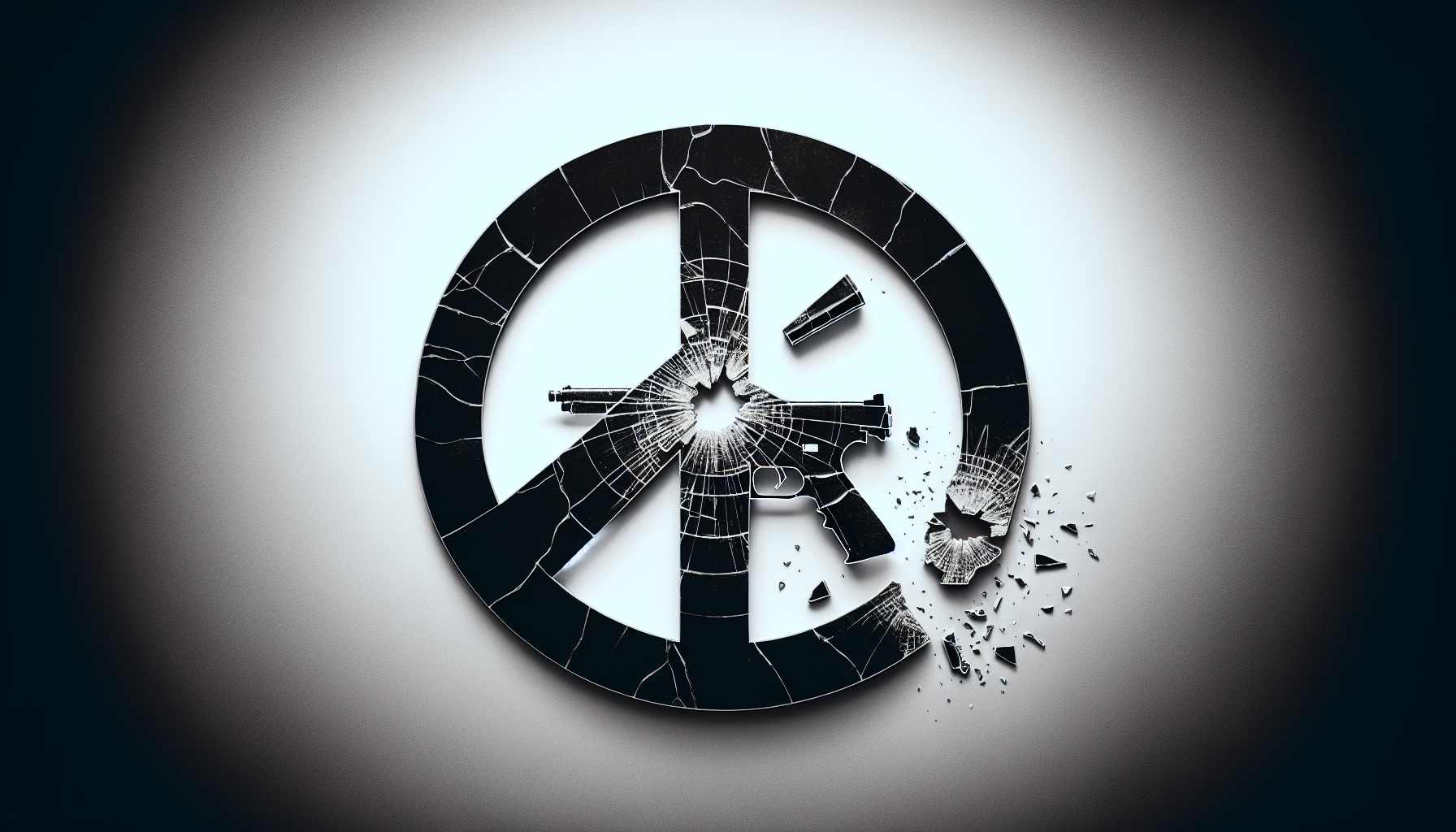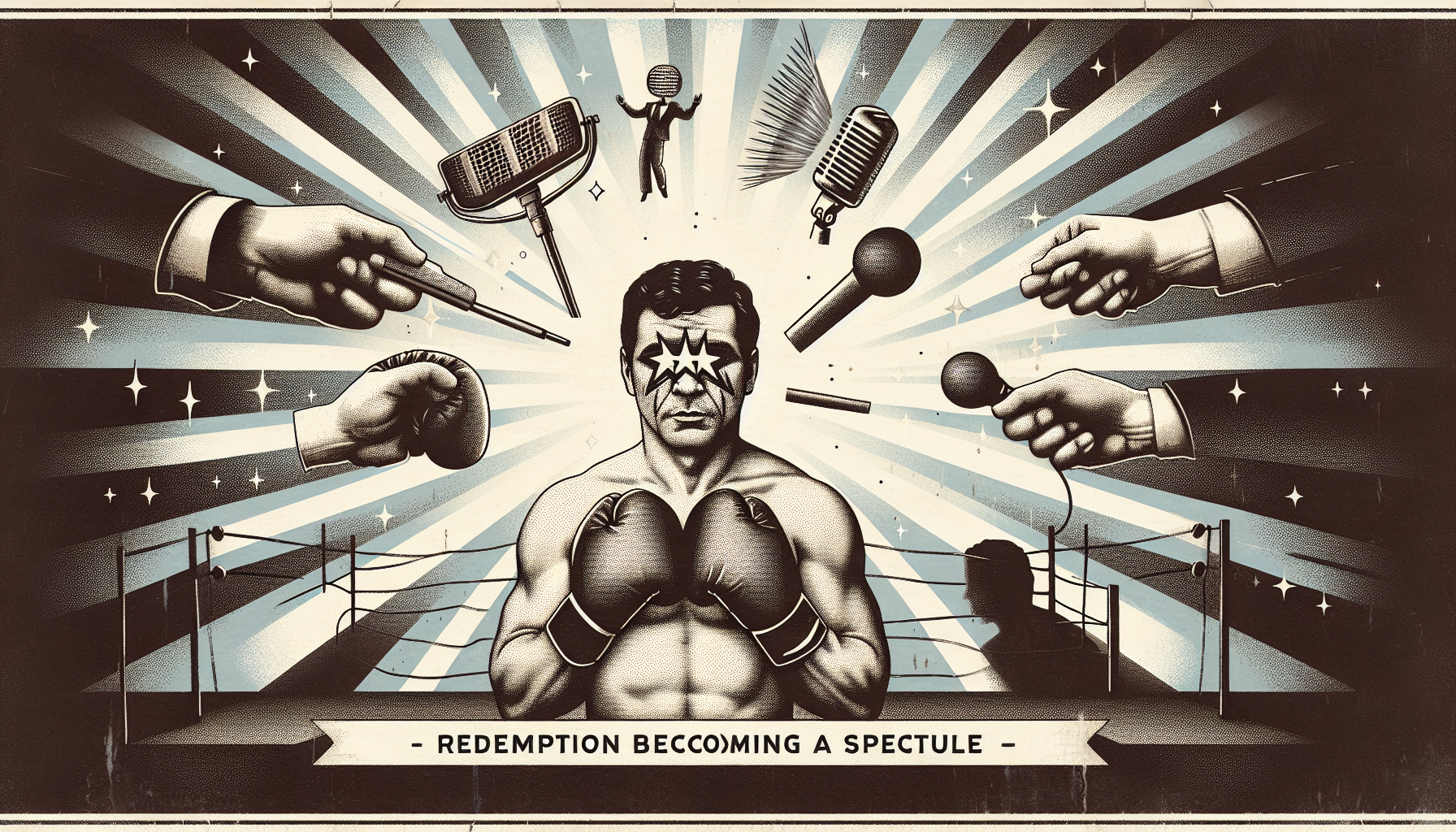Title: Shots, Silence, and a Campus in Crisis: The Florida State Tragedy and What We Don’t Want to See
Dear readers,
What are we to make of senseless gunfire echoing across yet another university campus in America? When the academic ground — meant to hold ideas, youth, and hope — becomes a terrain of gunfire, sirens, and heartbreak, the question isn’t just “What happened?” but “Why does it keep happening?”
Florida State University (FSU) — a picturesque stretch of brick buildings, oak trees, and Seminole pride — became the latest site etched into the tragic ledger of mass campus shootings on April 18, 2025. What unfolded over the course of an hour irrevocably altered lives, conversations, and perhaps, one hopes, our collective tolerance for inaction.
Let’s unpack what happened, what was missed, and what it says about a society both disturbed and disturbingly numb.
⸺
The Violence That Arrived Quietly
At around 11 a.m., Phoenix Ikner, 20 years old and by all appearances a regular student, parked his car in an FSU garage. He sat there — not reading, not sleeping, not scrolling through TikTok or Spotify playlists — but simply…existing in waiting. One hour later, he stepped out of that car with a gun and a plan for devastation.
By noon, two people were dead. Six more were injured. Sirens screamed. Students ran. Doors locked. Parents received texts that no phone line should ever carry: “I think there’s a shooter.”
The names and the numbers are chilling, but they are also tragically familiar. Less than a decade ago, we asked similar questions after Parkland, after Virginia Tech before that, and at Oxford High School, Michigan, not long after. The echo of gunshots is not just audible — it reverberates through time, each instance compounding the trauma of the last.
⸺
A Sheriff’s Home, A Loaded Legacy
Who was Phoenix Ikner?
That question will be dissected by journalists, psychologists, and politicians in the coming weeks. What we do know is that he wasn’t a stranger to law enforcement — quite the opposite. His stepmother is a long-time deputy at Leon County Sheriff’s Office. He had access to at least one former service weapon, reportedly used in the attack.
Ikner wasn’t hiding in shadows. He had been part of the Sheriff’s Youth Advisory Council, groomed, we can presume, with the values of duty, discipline — and yes, preparation. Guns weren’t foreign objects in his world; they were familiar tools. The kind of familiarity this country is dangerously comfortable with.
And just like that, the line between the protector and the shooter blurred.
⸺
The Alarm That Rang Too Late
FSU’s response was swift. Police neutralized the threat within minutes. Timelines were released, lockdown alerts blared across cell phones, and the “Seminole safe word protocol” was enacted to distinguish officers from imposters during room-by-room security sweeps.
Impressive? Yes. But also damning.
Because the question remains: Why did it have to get that far?
We treat reactive heroism as proof of preparedness. But being good at mopping up blood isn't the same as preventing the spill in the first place. America has honed the choreography of emergency response, but left choreography for prevention glaringly unfinished.
⸺
A Campus Mourns. Again.
The deaths of Robert Morales, a 57-year-old FSU staff member, and another unnamed individual, sent shockwaves rippling through the university community.
In one particularly haunting echo of national trauma, Fred Guttenberg — whose daughter Jaime was killed in the 2018 Parkland school shooting — revealed on X (formerly Twitter) that survivors of Parkland now attending FSU were once again in the crosshairs. He wrote, “All I ever wanted after Parkland was to help our children be safe. Sadly… I am not surprised by what happened today.”
Let that sink in.
We now have a generation of young people who have survived their second, even third mass shooting before the age of 22.
⸺
The Politics of Nothing
As emotions surged and vigils were planned, reporters turned to the Oval Office. President Trump expressed regret — and moved swiftly to reassert his dedication to the Second Amendment.
“The gun doesn’t do the shooting, the people do,” he explained, offering zero support for new gun legislation. Fitting into a now familiar loop of performative grief and absolute legislative inertia.
It’s easy to be disillusioned. But harder, perhaps nobler, to stay engaged.
⸺
What This Is—And What This Isn’t
Let's be clear: this wasn’t merely a “senseless tragedy.” That phrase sprawled across headlines is actually a deflection.
Because it suggests that what happened is natural, unstoppable — like a bolt of lightning. But mass shootings are not acts of God. They are failures of men, of systems, of policy, of culture.
Just as disturbing? The ritualistic nature of it all. The patterns are visible.
- A young man with lawful access to guns.
- A university campus on lockdown.
- Casualties mourned and memorialized.
- An eventual hashtag campaign and then… silence.
- And finally, the inevitable: nothing.
⸺
The Mirror We Refuse to Face
Campus shootings are more than isolated outbursts—they are our culture made literal and lethal. A culture where violence is masculine, reaction beats prevention, and trauma is an acceptable side-effect of constitutional interpretation.
So we return to this: What is a university if not a place to challenge systems? What is education for if students aren’t safe to sit in a lecture hall without rehearsing escape routes?
FSU is only the latest name we learn for all the wrong reasons. May it not be the next one we forget.
⸺
Until We Rethink the Root,
Let us remember: healing is noble, but prevention is justice. Let us refuse to settle for moments of silence when we should be raising voices. Let us not merely send prayers when policy is what’s truly required.
Yours in grief, rage, and urgency,
A Witness Who’s Tired of Watching
—
🕯️ If you're a student, parent, or educator affected by the shooting and looking for mental health resources, the National Center for School Crisis and Bereavement offers support here [link].
📣 Want to take action? Look into policy advocacy organizations such as Everytown for Gun Safety and Students Demand Action.

